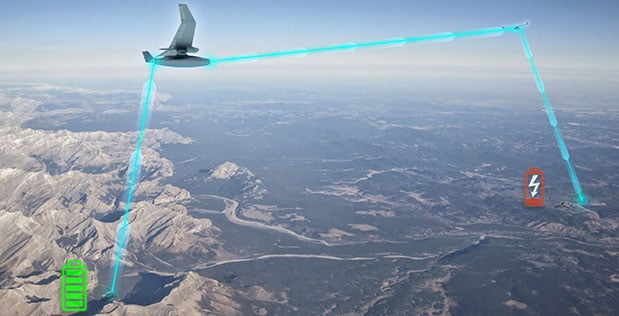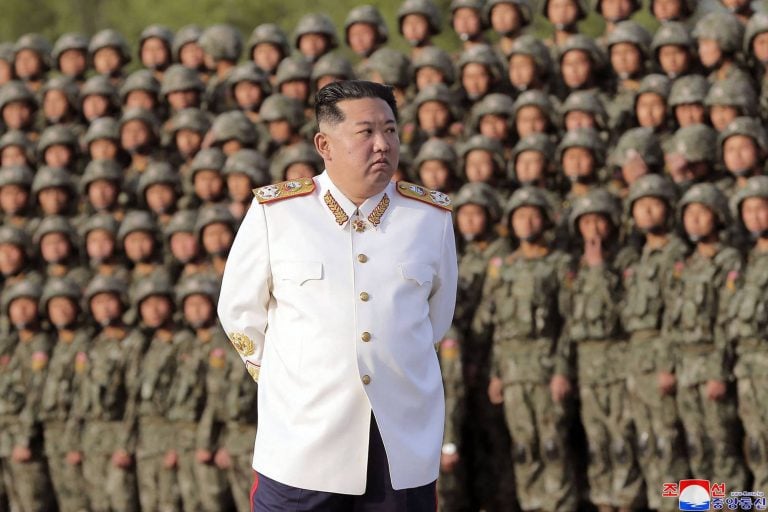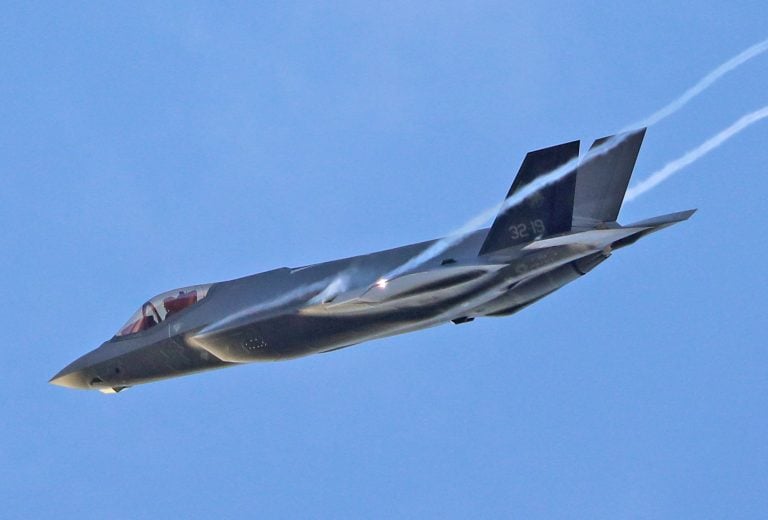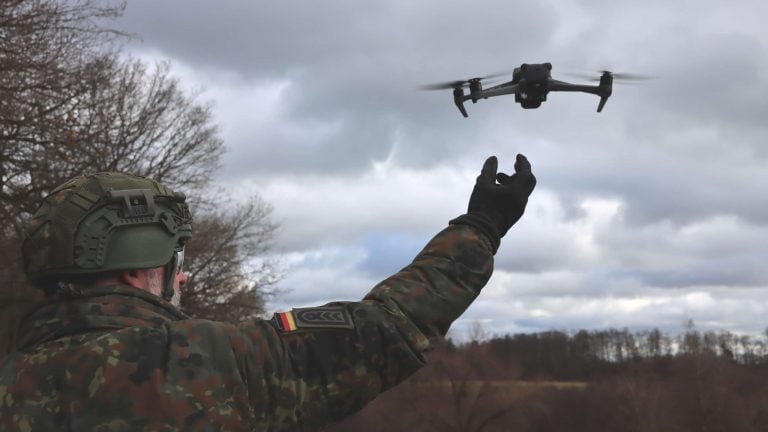In a groundbreaking development in drone technology, PowerLight Technologies has revealed its capability to power unmanned aerial systems (UAS) using high-powered lasers, potentially allowing them to remain airborne for extended periods, or even indefinitely. This innovation could revolutionize how drones are utilized in various sectors, from military operations to commercial applications.
The company’s multilayer safety system has undergone rigorous testing by the Department of Defense, receiving a significant endorsement from CENTCOM for its early trials. These tests are part of an initiative to explore the practical implementation of wireless energy transfer, which could drastically enhance the operational efficiency of drones.
During a recent episode of the podcast Defense Disruptors, Chief Technology Officer Tom Nugent delved into the implications of this technology. He discussed how the ability to wirelessly transmit electricity could transform drones into persistent assets, fundamentally altering concepts related to intelligence, surveillance, reconnaissance (ISR), communications, and force multiplication.
By eliminating the need for drones to return to base for refueling or battery replacement, this technology could pave the way for continuous monitoring and support in various military and civilian operations. The potential for uninterrupted drone flight means a significant leap towards more dynamic and responsive aerial capabilities.
The implications of such advancements could also extend to disaster response, environmental monitoring, and various commercial applications, where long-duration operations are crucial. As the trials proceed and further testing is conducted, the expectations surrounding this technology continue to grow, with many stakeholders eager to see how it will reshape the landscape of aerial operations.
For those interested in the intricacies of this technology and its broader impacts, more insights can be found in the full episode on NextGen Defense.



















